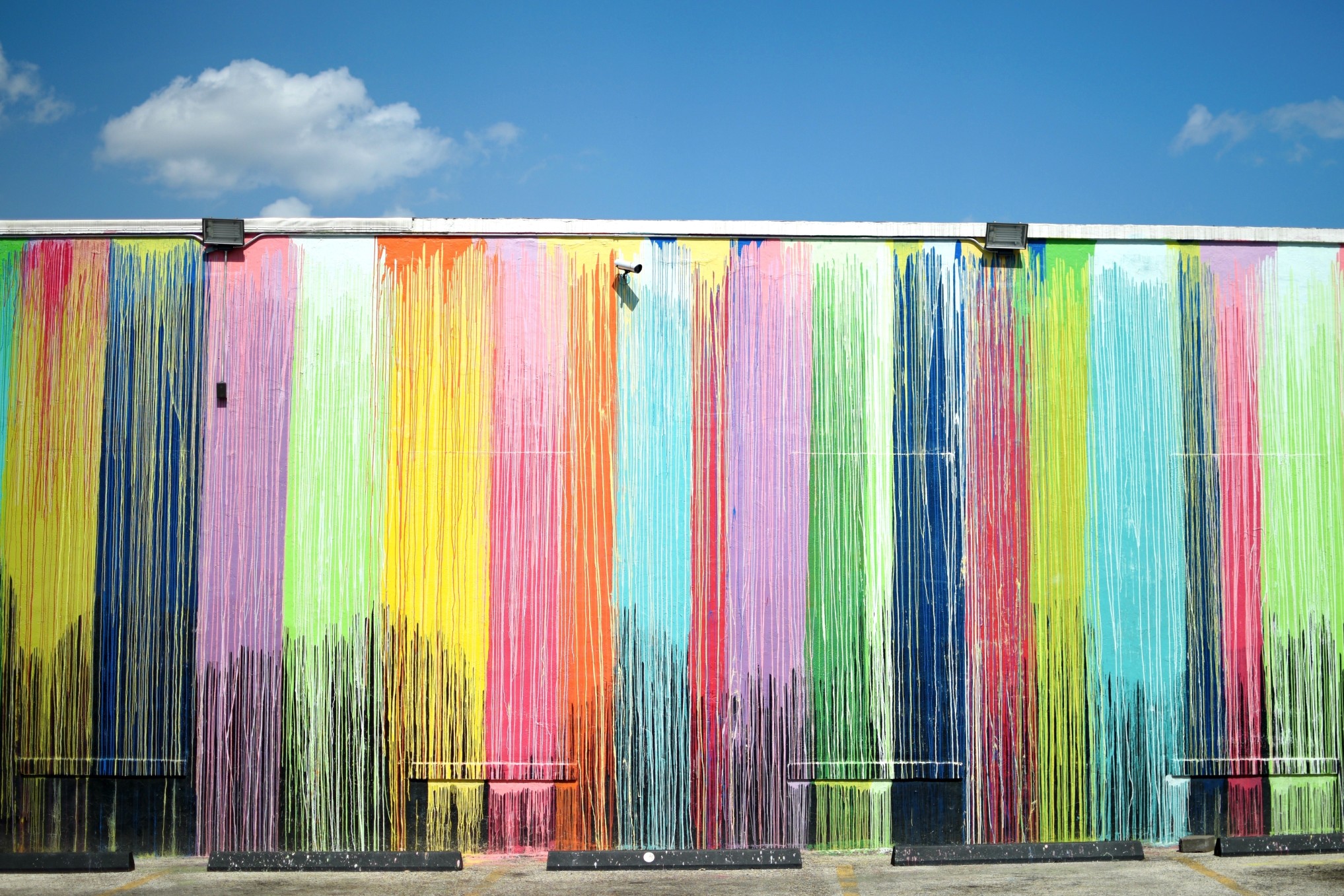The collision of my professional life and motherhood has been a bit of a bumpy road. It’s a bit cliché, of course, but nothing prepares you for parenthood. Fumbling through sleepless nights, difficulties in soothing a crying baby, the angst that comes from letting go of a life before motherhood, these were all things that I was somewhat expecting.
What I was not expecting were the tantrums, rigidity, extreme sensitivity, separation anxiety, perseveration, and meltdowns that were still happening upwards of 5 years old. As a psychologist, this was especially confusing since I am well versed in child development literature, attachment theory, healthy communication strategies, and effective methods of parenting. Yet, despite copious research, knowledge of the brain, and no shortage of parenting books, I was challenged to find a way to help my son regulate himself when an emotional tsunami came our way.
THE ART OF COLORING
After one failed technique after another, we landed on coloring by happenstance. Initially, I was just grateful to find a “play” activity that he and I equally enjoyed doing together. Don’t get me wrong, I love being with my son, but a part of me was always left uninspired by LEGOS, dump trucks, paw patrol, and the like.
The more we colored together, the more I noticed that the activity seemed to soothe him and he would delight in improving his ability to stay within the lines. Coloring not only calmed him, but was becoming something that helped him to feel good about himself. It was not lost on me either that beyond finding an activity that I finally enjoyed, it was relaxing and meditative for me as well. The joy and satisfaction I derived out of creating something beautiful seemed to be the icing on the cake and what I thought was the end of the story, as far as coloring was concerned.
Coloring Isn’t Just for Kids
Enter my professional life. As a psychologist, my therapy with clients is insight oriented, values driven, and steeped in principles that utilize the mind to elicit brain change. I emphasize helping clients change their relationship to uncomfortable emotions and experiences rather than avoiding, suppressing, or simply trying to distract themselves.
I believe that, as a culture, we need to do a better job of building emotional resilience, strengthening one’s muscle, so to speak, to tolerate being uncomfortable without acting out. Needless to say, it wasn’t my practice to recommend a technique, like coloring to distract, because I feel it misses the point.
I, wholeheartedly, believe this to be true AND yet sometimes being with the emotion or experience is too much. Sometimes being immersed in it means a client will binge, ruminate, obsess, drink, or act out in some other way, even though they desperately want to change this behavior. This is confusing to them and to loved ones, but when you understand what is happening in the brain, things begin to make a little more sense.
Simply put, we can’t make good use of the part of the brain that delays gratification, thinks about our long term goals, chooses what’s best for us, etc. if other parts of the brain are dysregulated (i.e. imbalanced because of too much fear, anxiety, cravings, stress, etc.).
Building a Bridge
This is where distraction and self-soothing come in and this is where the art of coloring answers both calls. Calling to mind the soothing and self-regulating effects of coloring for my son, I was curious if the research supported my anecdotal experience.
Confirming what I suspected, the research is clear on the self-soothing and calming aspects of coloring. Encouragingly, it also shows its effectiveness in reducing stress and anxiety, as well as preliminary support for reducing depression. In addition, coloring can increase mindfulness, which is our focus of attention on the present moment. This is an added bonus, as mindfulness inhibits mind wandering, reducing stress and stabilizing mood in the process.
The next time you’re met with the storm inside, try it, you may be surprised at the gift it brings.


